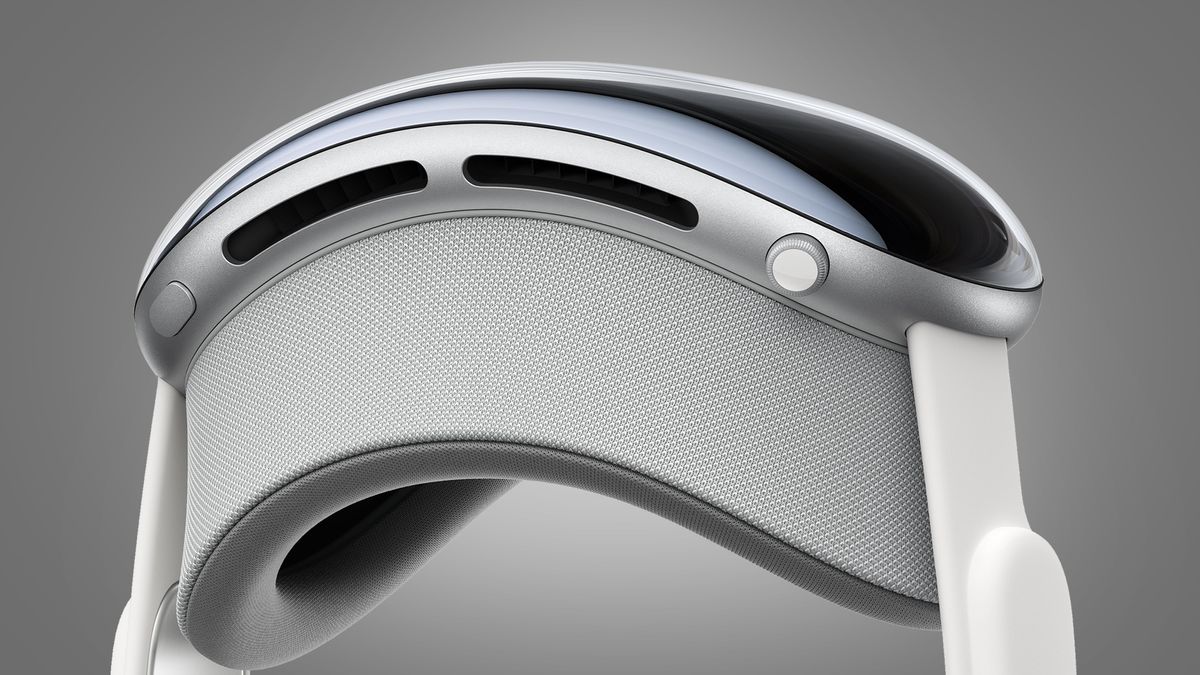
Apple’s Vision Pro headset is making it into the hands of more testers following its announcement, but according to reports early reactions are underwhelming, with some users reporting that it’s not comfortable to wear for long periods.
The eagerly anticipated VR device offers several innovative and performance improvements over the current best VR headsets, including unique hand-tracking controls and Apple’s powerful M2 processor. Unfortunately, it looks like it could have the same flaw that’s affected several models before it.
In our hands-on Apple’s Vision Pro review, our US Editor-in-Chief Lance Ulanoff described the headset as feeling “snug and comfortable” after he’d made the necessary adjustments, although he was only able to try the Vision Pro for a short time.
But in a report that also provided leaked details of 18 Apple products that are set to launch in the coming years, Bloomberg’s Mark Gurman highlighted early testers’ critiques of the Vision Pro VR headset, chiefly that it feels too heavy after they’ve worn it for a couple of hours.
Some of the testers, who at this stage are said to mostly be senior Apple engineers and executives, have also reported experiencing motion sickness, although to a lesser degree than when wearing other headsets.
We’ve experienced comfort issues with the Meta Quest Pro (we tried wearing it every day for a week for work and it wasn’t fun), and we hoped the Vision Pro could overcome this shortcoming, in part due to the external battery back reducing the weight of the headset itself. However, it appears that the external battery could be causing problems in the comfort department rather than solving things.
Most VR headsets tend to be front-heavy, as all the components are housed in a box at the front that sits over your eyes. More recent designs like the Meta Quest Pro offer better weight distribution by moving the internal battery to the back of the headset’s strap, and while this solution isn’t perfect the Quest Pro does generally feel more comfortable to wear than the front-heavy Oculus Quest 2.
While we think the Apple headset’s external battery could overall be a smart choice, it’s not able to serve as a counterweight like the internal battery used by the Vision Pro’s rivals. Apple could have tried moving other components to the strap to serve the same purpose, but for this first iteration that’s not the case.
Another problem is the apparently lack of an overhead strap, which serves as another weight-balancing tool. A few brief shots in Apple’s Vision Pro introduction video show someone using the Vision Pro with such a strap, but Apple hasn’t gone into much detail about it – and according to Gurman, Apple might sell you the strap as an add-on accessory rather than include one in the box.
Considering that the headset already costs $3,500 (about £2,750 / AU$3,240 – Apple hasn’t yet revealed pricing outside the US), and that this strap appears to basically be a fairly thin elastic band that would alleviate a potential issue with the gadget, we hope Apple wouldn’t try to sting its customers for the extra. It wouldn’t be the first time, however – let’s just hope this strap isn’t as ridiculously priced as the $700 / £700 / AU$1,049 Mac Pro wheels.
We’ll have to wait and see how Apple chooses to address potential comfort issues with the Vision Pro, but it might be a problem that won’t get fixed for a generation or two, perhaps in the two follow-up Apple headsets that are reportedly on the way.
Services Marketplace – Listings, Bookings & Reviews
